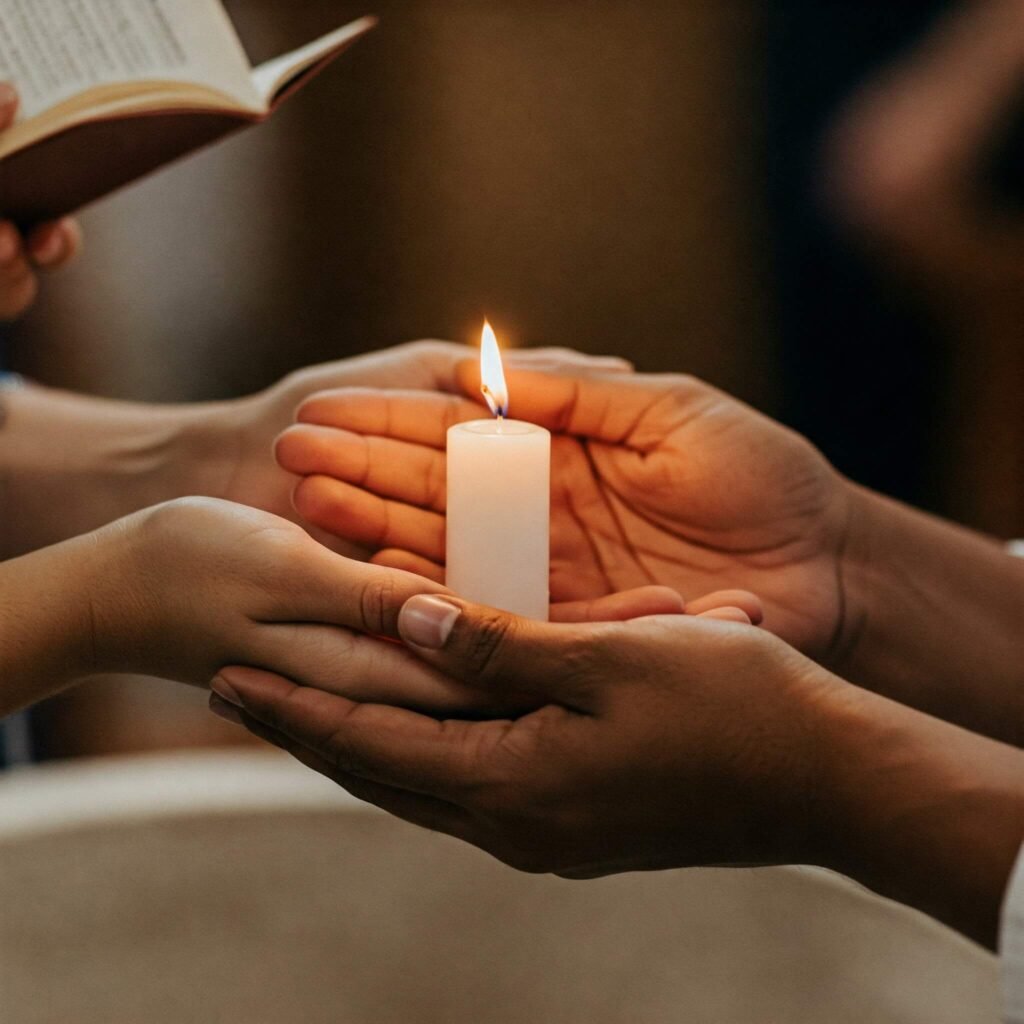Baptism is a sacred rite that holds profound meaning across various cultures and religions, particularly in Christianity. Whether you’re preparing for your own baptism, attending a loved one’s ceremony, or simply curious about its significance, this guide to baptism will walk you through its symbolism, steps, and spiritual importance. With roots in ancient traditions, baptism represents purification, renewal, and a commitment to faith. Let’s dive into everything you need to know to understand and appreciate this transformative ritual.
Why Baptism Matters: Understanding Its Significance
Baptism is more than a religious ceremony; it’s a deeply symbolic act that signifies spiritual cleansing and rebirth. In Christianity, the baptism significance lies in its representation of dying to sin and rising to a new life in faith, as inspired by Jesus’ own baptism in the Jordan River (John 1:29-34). For many, it’s a public declaration of faith and a pivotal moment in their spiritual journey.
The Historical Roots of Baptism
The practice of baptism predates Christianity, with rituals of purification found in ancient Jewish traditions and other cultures. In Christianity, it gained prominence through John the Baptist, who baptized people as a sign of repentance. Today, the guide to baptism highlights its role as a universal symbol of spiritual renewal across denominations.

The Symbolism of Baptism: What It Represents
The baptism symbolism is rich and multifaceted, resonating with believers on a personal and communal level. Here are the core elements it embodies:
- Purification: Water washes away sin, symbolizing a clean slate.
- Renewal: Immersion and emergence reflect dying to the old self and rising anew.
- Commitment: Baptism is a public pledge to live according to faith.
- Community: It welcomes individuals into the broader faith community.
For example, in a Catholic baptism, the use of holy water and anointing with oil underscores these symbolic meanings, connecting the individual to centuries of tradition (Catholic Answers).
Baptism Across Denominations
While the core baptism symbolism remains consistent, its practice varies:
- Catholicism: Infant baptism emphasizes original sin’s cleansing.
- Protestantism: Believer’s baptism often follows a personal faith decision.
- Orthodox Christianity: Full immersion reflects Christ’s death and resurrection.

Baptism Steps: What to Expect in the Ceremony
The baptism steps vary by denomination and context, but most ceremonies follow a structured process. Below is a general guide to baptism ceremonies, ensuring you’re prepared for what to expect.
1. Preparation
Before the ceremony, candidates or their families may meet with a pastor or priest to discuss the baptism’s significance. In some churches, preparation includes classes or spiritual counseling. For infant baptisms, parents and godparents commit to raising the child in faith.
2. The Ceremony
The baptism ceremony typically takes place during a church service or a special event. Key elements include:
- Welcome: The congregation acknowledges the candidate.
- Scripture Reading: Passages like Matthew 28:19-20 are shared.
- Vows: Candidates or parents/godparents affirm their faith.
- Water Ritual: Water is poured, sprinkled, or the candidate is immersed.
3. Post-Ceremony
After the baptism, the individual is welcomed into the church community. Some traditions include giving a certificate or lighting a candle to symbolize the light of Christ.
Real-World Example: Sarah, a 30-year-old convert, described her believer’s baptism as “a moment of clarity and peace,” noting how the immersion felt like “leaving my past behind.” Her church provided a mentor to guide her post-baptism journey (Christianity Today) Encyclopedia Britannica.

Practical Tips for Preparing for Baptism
Whether you’re planning your own baptism or supporting someone else, preparation enhances the experience. Here’s a guide to baptism preparation:
- Research Your Tradition: Understand your denomination’s practices to feel confident.
- Choose Godparents Wisely: For infant baptisms, select godparents who embody faith.
- Reflect on the Commitment: Spend time in prayer or journaling about what baptism means to you.
- Plan the Day: Coordinate attire (often white to symbolize purity) and any post-ceremony celebrations.
Actionable Takeaway: Create a baptism journal to document your thoughts, prayers, and experiences leading up to the ceremony. This can serve as a meaningful keepsake.
The Lasting Impact of Baptism
The guide to baptism reveals its enduring significance as a transformative milestone. Beyond the ceremony, baptism fosters a lifelong commitment to spiritual growth and community. Data from Pew Research shows that 70% of Christians view baptism as a key rite of passage, underscoring its cultural and spiritual weight (Pew Research Center).
By embracing the baptism steps and understanding its symbolism, individuals can fully appreciate its role in their faith journey. Whether you’re taking the plunge yourself or witnessing a loved one’s ceremony, baptism is a beautiful reminder of renewal and connection.
































